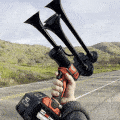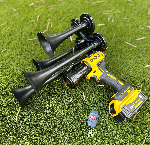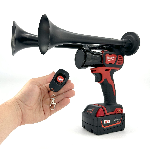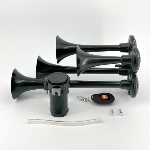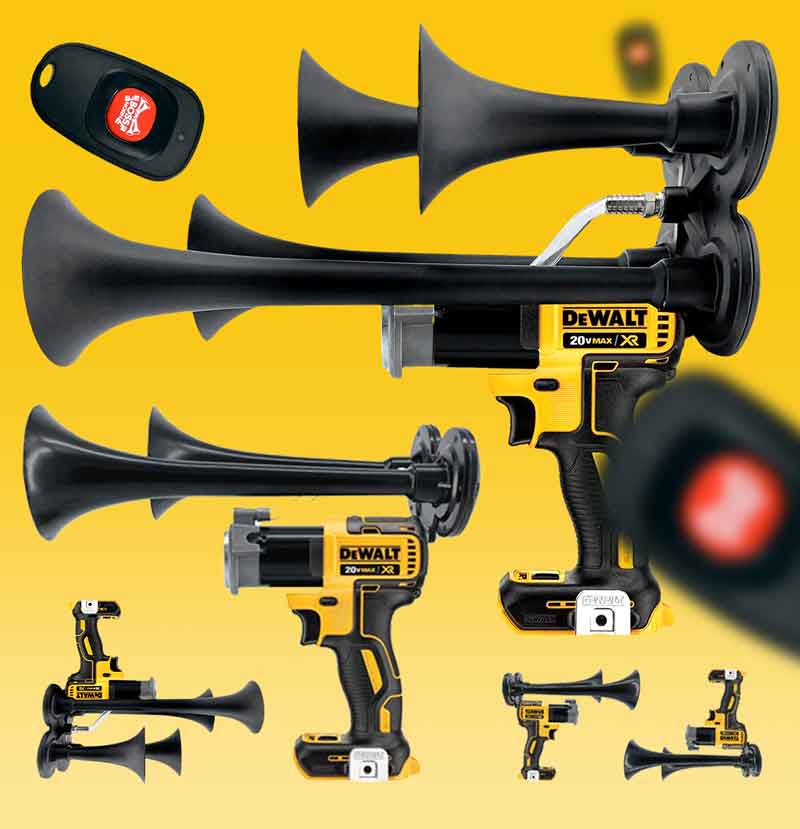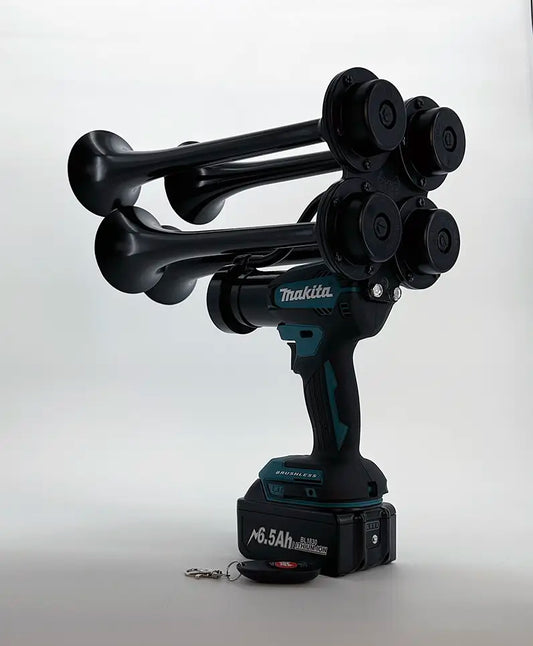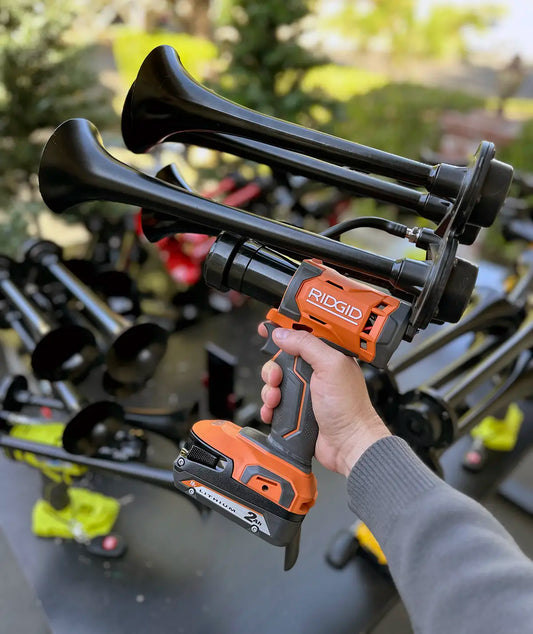The use of a specific sound to command and train animals has been prevalent for centuries. This method has been found to be highly effective in communicating with and guiding dogs in various training activities. Through consistent repetition and positive reinforcement, this form of training has become an integral part of obedience training programs for many dog owners today.
Historically, the concept of using a particular sound to signal commands to animals dates back to ancient civilizations. Over time, this practice evolved into the use of whistles as a tool for training various animals, including dogs. As more research was conducted on animal behavior and training techniques, the benefits of using a whistle in dog training became more apparent.
One of the key advantages of utilizing a whistle in dog training is its ability to produce clear and consistent tones that can be easily heard and understood by dogs. Studies have shown that dogs respond well to auditory cues, making a whistle an ideal tool for reinforcing desired behaviors and commands. This precision and consistency enhance the training process, leading to quicker and more reliable results.
Through the incorporation of whistle training into obedience programs, dog owners can significantly improve their pets' responsiveness and overall behavior. By implementing this method, owners can establish a strong line of communication with their dogs, fostering mutual trust and understanding. With proper guidance and practice, whistle training can help dogs reach their full potential and become well-behaved companions.
What are the benefits of whistle training for dogs?
Whistle training for dogs is a highly effective method of teaching a dog to respond to specific commands or signals. Using a whistle can help improve communication between the owner and the dog, as the sound is clear and consistent, making it easier for the dog to understand. Additionally, whistle training can be useful in situations where verbal commands may not be heard or understood, such as in noisy environments or at a distance. The high pitch of the whistle can also grab the dog's attention quickly and act as a signal to come back, stop a behavior, or perform a specific action. To learn more about the advantages of whistle training for dogs and how to effectively implement it, continue reading our comprehensive guide.
Whistle Training for Dogs:
Whistle training is a popular method used by dog owners to communicate with their pets. It is a valuable tool that can help you to train your dog effectively and efficiently. In this article, we will explore the benefits of whistle training for dogs, how to get started, and some tips for success.
Benefits of Whistle Training:
1. Improved Communication: Whistle training allows you to communicate with your dog from a distance, which can be especially useful in outdoor settings or when your dog is off-leash.
2. Consistency: Whistles produce a distinct sound that is consistent and clear, making it easier for your dog to understand and respond to commands.
3. Longer Range: Whistles can be heard from a greater distance than verbal commands, making them ideal for training in large open spaces or noisy environments.
Getting Started with Whistle Training:
1. Choose the Right Whistle: There are various types of whistles available for dog training, including pealess whistles, silent whistles, and electronic whistles. Experiment with different types to find the one that works best for your dog.
2. Establish a Cue: Associate a specific command or behavior with the whistle sound. For example, you can use one short blast to signal your dog to come to you.
3. Reward Your Dog: When your dog responds to the whistle cue correctly, reward them with treats, praise, or playtime. Positive reinforcement will help reinforce the desired behavior.
Tips for Success:
1. Start Small: Begin training in a quiet, familiar environment with minimal distractions. As your dog becomes more proficient, gradually increase the difficulty level.
2. Be Patient: Whistle training takes time and consistency. Be patient with your dog and practice regularly to see the best results.
3. Stay Positive: Keep training sessions fun and positive for your dog. Avoid using the whistle as a punishment, as this can create confusion and fear.
Statistics:
- According to a study conducted by the American Kennel Club, over 70% of dog owners reported using some form of whistle training with their pets.
- A survey by the Association of Professional Dog Trainers found that 85% of trainers recommend whistle training as an effective method for improving obedience and recall in dogs.
https://youtube.com/watch?v=0BHN1DUcj4I
What is the best way to train a dog to respond to a specific sound?
Training a dog to respond to a specific sound can be a rewarding experience for both you and your furry friend. To effectively teach your dog to recognize and respond to a particular sound, consistency, patience, and positive reinforcement are key components.
1. Consistency:
Consistency is crucial when training a dog to respond to a specific sound. Use the same sound every time you want your dog to perform a certain action. Consistency helps your dog learn to associate the sound with the desired behavior, making it easier for them to understand and respond appropriately.
2. Patience:
Patience is essential when training your dog to respond to a specific sound. Every dog learns at their own pace, so it's important to be patient and not get frustrated if progress seems slow. Remember that training takes time and repetition, so stay consistent and keep a positive attitude throughout the process.
3. Positive Reinforcement:
Positive reinforcement is a powerful tool in training your dog to respond to a specific sound. When your dog responds correctly to the sound, reward them with praise, treats, or playtime. Positive reinforcement helps reinforce the behavior you want to see and motivates your dog to continue responding to the sound in the future.
How can I make training more effective for my dog?
Making training more effective for your dog involves understanding their individual needs, using clear communication, and setting realistic goals. By tailoring your training approach to your dog's personality and learning style, you can maximize the effectiveness of your training sessions.
1. Understand Your Dog's Needs:
Every dog is unique, so it's important to understand your dog's individual needs and preferences. Consider factors such as breed, age, temperament, and previous training experiences when planning your training approach. By catering to your dog's specific needs, you can make training more engaging and rewarding for them.
2. Use Clear Communication:
Clear communication is essential for effective training. Use consistent cues, body language, and tone of voice to convey your expectations to your dog. Avoid using confusing or mixed signals that can lead to misunderstandings. By communicating clearly and consistently, you can help your dog understand what is expected of them during training.
3. Set Realistic Goals:
Setting realistic goals is key to successful training. Break down the desired behavior into manageable steps, and gradually increase the difficulty as your dog progresses. Celebrate small achievements along the way to keep your dog motivated and engaged. By setting achievable goals, you can build a strong foundation for your dog's training success.
How can I address challenges during training sessions?
Challenges can arise during training sessions, but with patience, creativity, and adaptability, you can overcome them and continue making progress with your dog. By identifying the root cause of the challenge and adjusting your training approach accordingly, you can address obstacles and promote positive learning experiences for your dog.
1. Identify the Root Cause:
When faced with a challenge during training, take a step back and assess the situation. Consider possible reasons for the difficulty, such as distractions, physical discomfort, or confusion. By identifying the root cause of the challenge, you can determine the best course of action to address it effectively.
2. Adjust Your Training Approach:
If you encounter a challenge during training, be willing to adjust your approach to better suit your dog's needs. Experiment with different techniques, tools, or environments to see what works best for your dog. Flexibility and adaptability are key skills in overcoming obstacles and helping your dog succeed in their training.
3. Seek Professional Help:
If you are struggling to address challenges during training, don't hesitate to seek help from a professional dog trainer or behaviorist. Experienced professionals can provide guidance, support, and personalized training plans to help you and your dog overcome obstacles and achieve your training goals. Seeking outside assistance can offer valuable insights and resources to improve your training sessions.
How can I maintain consistency in training my dog?
Consistency is essential for successful training, and there are several strategies you can use to maintain consistency in your training efforts. By establishing a routine, setting clear expectations, and incorporating training into daily activities, you can create a structured and effective training program for your dog.
1. Establish a Routine:
Creating a consistent training routine helps your dog know what to expect and when to expect it. Schedule regular training sessions at consistent times each day to establish a routine that your dog can rely on. Consistency in timing and duration of training sessions can help reinforce learning and promote good habits in your dog.
2. Set Clear Expectations:
Communicate clear expectations to your dog during training sessions to promote consistency. Use consistent cues, rewards, and corrections to help your dog understand what is expected of them. By setting clear boundaries and expectations, you create a structured environment that encourages learning and reinforces positive behaviors.
3. Incorporate Training Into Daily Activities:
Integrate training into your daily activities to maintain consistency and reinforce learning throughout the day. Use everyday moments such as mealtimes, walks, or playtime to practice commands and reinforce good behavior. By incorporating training into daily activities, you can make learning fun and engaging for your dog while promoting consistent training habits.
How can I keep training sessions engaging and fun for my dog?
Keeping training sessions engaging and fun is essential for maintaining your dog's interest and motivation. By incorporating interactive games, varied exercises, and positive reinforcement, you can make training enjoyable for your dog while fostering a strong bond and promoting learning.
1. Incorporate Interactive Games:
Introduce interactive games and activities into your training sessions to keep your dog engaged and motivated. Games such as hide and seek, fetch, or puzzle toys can make training sessions fun and exciting for your dog while promoting mental stimulation and physical exercise. Interactive games help reinforce learning and create positive associations with training.
2. Vary Exercises:
Keep training sessions interesting by varying the exercises and commands you practice with your dog. Rotate between different behaviors, tasks, and environments to challenge your dog and keep them engaged. Varying exercises helps prevent boredom and promotes continuous learning and improvement in your dog's training.
3. Use Positive Reinforcement:
Incorporate positive reinforcement techniques such as treats, praise, and playtime to make training sessions enjoyable and rewarding for your dog. Reward your dog for successfully completing tasks or following commands to reinforce good behavior and motivate them to continue learning. Positive reinforcement helps create a positive training experience for your dog and strengthens the bond between you.
Conclusion
Whistle training for dogs is a highly effective method for teaching commands and reinforcing positive behavior. It offers a clear and consistent way to communicate with your dog, even over long distances or in noisy environments. By using a whistle, you can capture your dog's attention quickly and effectively, making training sessions more efficient. Remember to start with simple commands and gradually increase the complexity as your dog becomes more adept at responding to the whistle. With patience, consistency, and positive reinforcement, you can successfully train your dog using a whistle.

